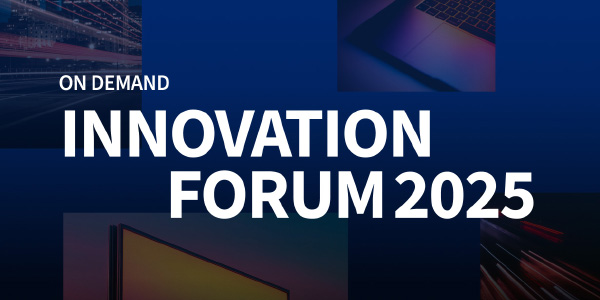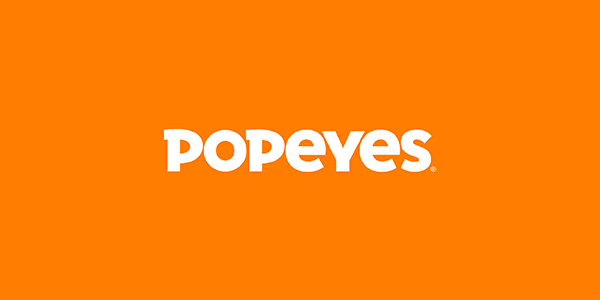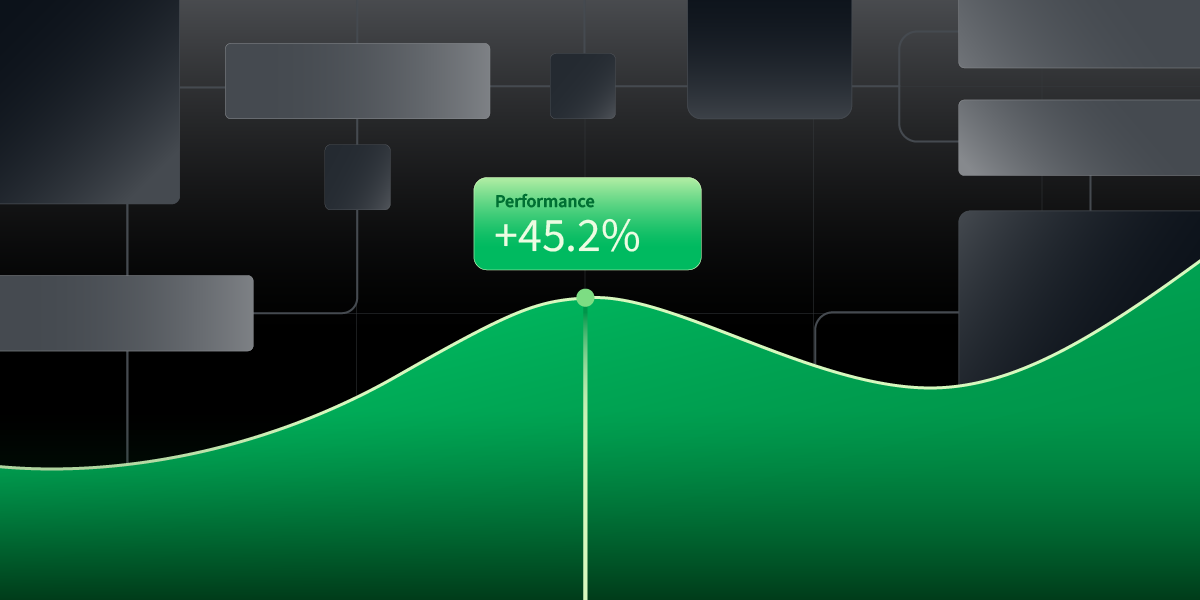B2B Email Marketing Automation: Strategy, Technology & Leadership Impact

TL;DR: B2B Email Marketing Automation
- Email is still the backbone of B2B engagement, but automation makes it smarter—enabling personalized, scalable, and revenue-focused outreach across channels.
- Senior marketers need more than open rates—dashboards should show pipeline velocity, influenced revenue, and real-time attribution insights.
- Best-in-class automation combines email with predictive segmentation, AI-driven testing, and content personalization tailored by journey stage and buyer intent.
- Attribution remains a challenge, especially in long, multi-stakeholder B2B cycles. Layered models and integrated data streams help connect email to revenue impact.
- Platforms like StackAdapt now unify email and programmatic advertising, letting teams trigger cross-channel journeys from a single workflow using first-party data.
Email remains the most pervasive digital tool for B2B marketers. Nearly 87% of B2B marketers use email for content distribution.
At its core, B2B email marketing automation uses technology to trigger and tailor emails based on recipient behaviour or specific lifecycle stages, such as welcome sequences, re-engagement prompts, or follow-up reminders.
This enables the design of scalable, behaviour-driven workflows that nurture leads with precision and relevance, even across long and complex B2B cycles. Automated emails deliver 52% higher open rates, 332% higher click-through rates, and an astonishing 2,361% higher conversion rates compared to manual sends.
This article explores the full spectrum of B2B email marketing automation (from strategic planning and best practices to tech stack essentials and advanced attribution) while highlighting how senior teams can use automation.
Core Benefits of B2B Email Marketing Automation
“As AI accelerates how we communicate with prospects, one of the biggest challenges in B2B marketing is coordinating automation across marketing and sales touchpoints,” says Chris Bentley, Director, Marketing Operations and Analytics at StackAdapt. “It’s no longer about individual emails or ads. We need systems that can coordinate across channels and teams, while preserving a cohesive customer experience.”
In this context, B2B email marketing automation delivers three powerful advantages for senior leaders: personalization at scale, data-driven ROI, and executive-ready insights.
First, it enables dynamic segmentation by firmographics, predictive scoring, or account intent, so teams can personalize outreach at scale—saving time while increasing relevance.
Second, automation boosts efficiency and yields measurable returns—email delivers between $36–$44 for every $1 spent, with automated campaigns generating 320% more revenue than manual sends.
Automated email marketing enables integrated campaigns across digital and offline channels: email engagement can trigger targeted advertising, while ad signals feed back into future email sequences—giving leadership clarity into metrics like MQL to SQL conversion, cost per lead, and pipeline velocity.
Finally, executive-grade dashboards and real-time alerts turn campaign data into actionable revenue insights, shifting reporting from lagging scorecards to proactive decision tools.
Best Practices for Leaders to Oversee Implementation
Senior leaders can elevate B2B email marketing automation by emphasizing advanced, email-centric strategies:
- Predictive segmentation and data enrichment. Use AI-powered segmentation to group leads by conversion probability, technographics, and behaviour. Enrich contact profiles continuously to enable dynamic personalization and higher relevance in each email send.
- AI-driven testing and experimentation. Shift from manual A/B testing to multivariate, automated experimentation frameworks that optimize based on sales outcomes—not just clicks or opens. Emerging approaches include reinforcement-learning models that adapt content and format dynamically.
- Scalable empathy through AI-personalization. Deploy generative AI with LLMs to generate content variations tailored to each persona, journey stage, and intent signal. Subtle tone shifts and content customizations improve engagement while retaining authenticity.
This email‑specific framework helps leaders scale personalization without sacrificing relevance or oversight. Each practice contributes to automation that’s both high-performing and empathetic, with clear alignment to business objectives and executive accountability.
The B2B Email Marketing Automation Stack
A strong email automation stack empowers marketing teams to launch smarter campaigns and gives senior leaders visibility into impact. The essentials include:
- MAP: Tools like HubSpot, Marketo, or Customer.io serve as the foundation for building and scheduling automated email workflows. Choose platforms with dynamic segmentation, lead scoring, and AI-based recommendations.
- CRM Integration: Seamless connections between your MAP and CRM (e.g., Salesforce, Pipedrive) allow for real-time lead syncing, sales handoffs, and revenue attribution.
- CDP or Data Warehouse: These unify behavioural, demographic, and transactional data from multiple sources. A centralized view of each contact enables more personalized and timely emails.
- Analytics and Reporting Tools: Dashboards that combine email engagement, pipeline metrics, and attribution data help translate campaign performance into business outcomes.
- Privacy and Compliance Controls: GDPR, CAN-SPAM, and evolving privacy regulations require built-in consent management, unsubscribe logic, and data governance.
The right stack creates an automated system that is efficient, transparent, and accountable, aligning email marketing with revenue goals and executive priorities.
The Attribution Challenge in B2B Email Marketing Automation
B2B sales cycles often stretch for months or even years. There are multiple decision-makers, offline interactions, and untracked elements like peer recommendations.
When attribution models overlook mid-funnel touchpoints like webinars or nurture emails, marketing risks being sidelined in revenue planning—losing budget and influence in executive discussions.
To resolve this, organizations need an attribution stack that links marketing platforms with CRM and revenue data in real time, while catering to long sales cycles and multi-stakeholder journeys.
Critical components include:
- CRM–MA integration. Seamless ties between systems like Marketo or HubSpot and other CRMs ensure every click, form fill, email, and interaction links back to account-level records.
- Extended tracking windows. Unlike short 30-day consumer journeys, B2B needs months-long tracking so early-stage content still gets credit at close.
- Offline and multi-channel capture. Trade shows, direct calls, and sales conversations all must be stitched into the same data stream.
- CDP and Advanced Analytics. Centralizes and de-duplicates data, ensuring attribution reflects real accounts and revenue curves.
The 4‑Layer B2B Attribution Model mirrors the buying process and aligns attribution to each stage:
| Attribution Layer | Stage of the Buying Process | Examples | Attribution Model |
| Discovery | Initial awareness | Ad, blog post, webinar | First-touch attribution |
| Engagement | Mid-funnel value reinforcement | Product demos, nurture emails, case studies | Multi-touch or weighted |
| Acceleration | Late-stage decision support | Demo follow-ups, ROI calculators, sales outreach | Last-touch or time-decay |
| Expansion | Post-sale revenue growth | Onboarding content, feature announcements, upsell emails | Full-funnel or custom attribution |
Giving thoughtfully weighted credit across these layers gives leaders a complete story, tracking how each phase built pipeline momentum.
Next, marketers automate attribution so insights are real-time, not retrospective:
- Live dashboards dynamically blend engagement data, opportunity creation, and closed-won revenue.
- Pipeline influence reports display contributions by campaign and channel.
- Executive summaries tie everything back into budget metrics and ROI models.
Automation reduces reporting lag, increases confidence, and strengthens investment narratives.
When attribution is automated and revenue-tied, leadership gains clarity and CMOs prove ROI. When marketing’s contribution is clear, sales and marketing move in step and executives can confidently scale what’s working and prune what isn’t.
With a robust attribution architecture, layered modelling, and dashboard automation, B2B leaders gain full visibility into how automation fuels revenue, turning the attribution crisis into a strategic strength.
StackAdapt’s Integrated B2B Email Marketing Automation
StackAdapt recently introduced a native email marketing solution and proprietary Data Hub, creating a unified platform that merges email with the programmatic channels senior marketers already use.
This integration breaks down traditional silos—enabling one workflow for everything from display and native ads to CTV, DOOH, and email. Here’s why this matters:
First-Party Data Activation and Privacy-First Design
You can securely upload and segment 1st-party data within the Data Hub, then trigger precise cross-channel campaigns—all while respecting privacy regulations and decreasing reliance on 3rd-party cookies.
For instance, a global agency could pilot StackAdapt’s integrated email and programmatic function to build multi-step outreach—starting with a display ad, followed by an email campaign and an orchestration flow, then retargeting ad—all using first-party data segments in one workflow. This setup could dramatically reduce time-to-launch.
In another scenario, an agency could connect its CRM to StackAdapt’s Data Hub, triggering industry‑specific case‑study emails when a target account engages with a CTV or display ad but doesn’t convert. This approach would scale personalization without adding manual campaign work.
Cross-Channel Orchestration in a Single Workflow
With email native to the platform, marketing teams can schedule triggered emails alongside ads within the same sequence. For example, a mid‑market cybersecurity firm could use StackAdapt’s unified programmatic and email platform to trigger content‑based nurture emails after viewing display ads on compliance topics. The orchestration might enable ramped demo requests and quicker sales handoffs.
AI-Driven Optimization and Real-Time Insights
The platform’s AI refines targeting and content dynamically. Real-time analytics offer both engagement and revenue metrics, closing the loop from campaign execution to conversion tracking.
A B2B SaaS team might apply StackAdapt’s multi-channel attribution tools to reveal how mid‑funnel assets—like webinars or nurture streams—impact longer sales cycles. That kind of insight helps shift budget toward touchpoints that actually move deals.
StackAdapt is the first programmatic platform to fully embed email in its stack. For senior teams, that means less tool fragmentation, more unified data, faster insight cycles, and stronger alignment between owned and paid channels.
Get Started with B2B Email Marketing Automation
B2B email marketing automation is a strategic engine for personalization, pipeline growth, and measurable ROI. Senior leaders who implement the right systems and processes can turn email from a manual touchpoint into a scalable, data-rich revenue channel.
To move forward:
- Audit your current automation setup: Review your goals, segmentation strategy, workflows, and reporting accuracy.
- Pilot key improvements: Optimize core nurture flows, implement real-time dashboard alerts, and fine-tune your metrics.
- Explore StackAdapt integration: Test unified email and programmatic workflows for cross-channel coordination and efficiency.
- Summarize results for executive review: Package outcomes into dashboards that align with revenue, marketing influence, and strategic KPIs.
These steps not only improve email performance but also create alignment across teams and provide leadership with the insight needed to scale with confidence.
To learn more, request a demo today.








